The Spanish high -speed rail, why is the world's second leader!| Earth Knowledge Bureau
Author:Earth Knowledge Bureau Time:2022.09.09
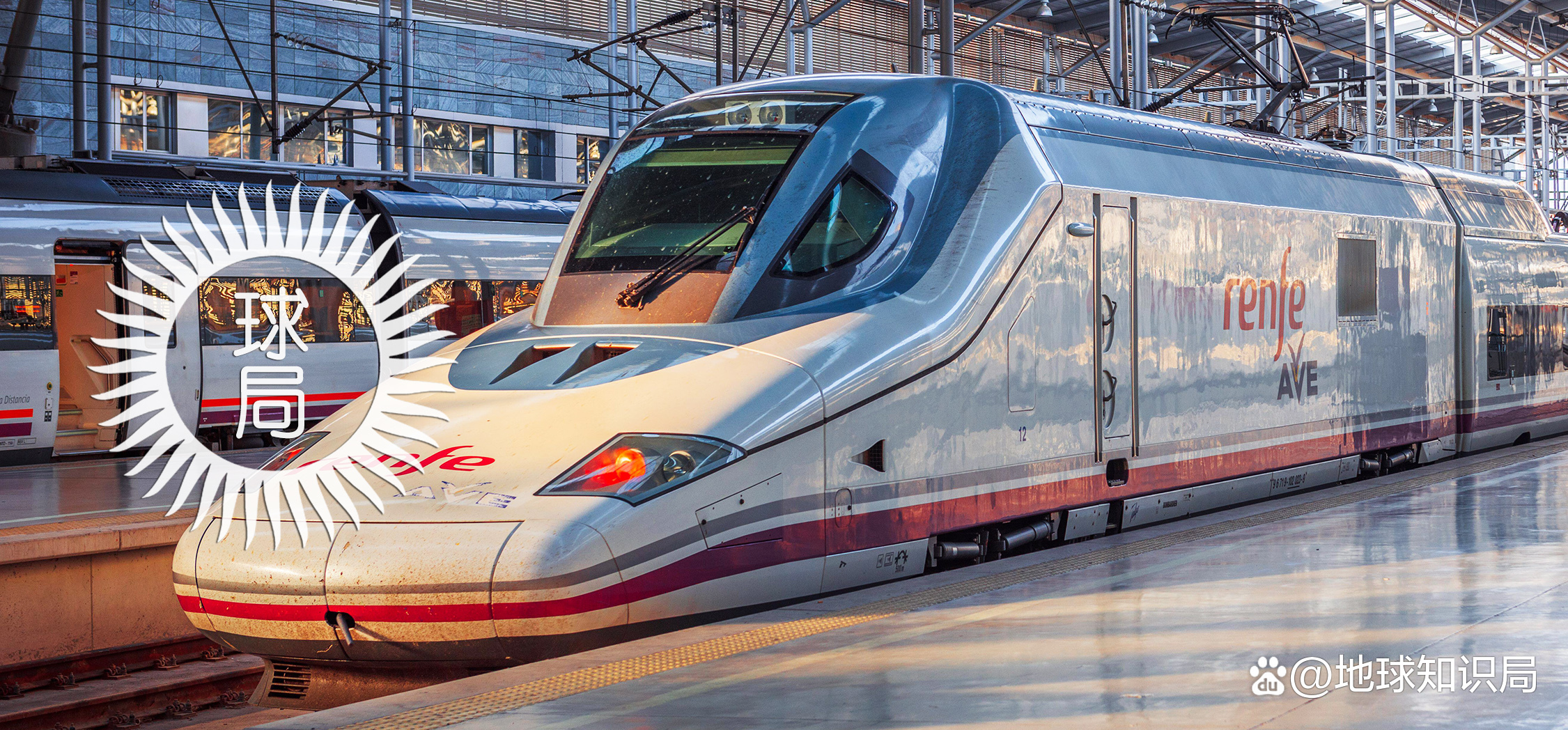
In recent years, the high -speed railway has gradually become a business card for Chinese infrastructure. From 9356 kilometers in 2012, to more than 40,000 kilometers in 2021, my country's high -speed rail business mileage has stabilized in the world during this period.
"Infrastructure Magic" is not blowing
(Figure: Tuwa Creative) ▼

Although the saying goes, "People only remember the first place and no one will remember the second place." However, the second place in the mileage of the world's high -speed rail traffic is still worth remembering.
China ’s high -speed rail can be said to be“ losing loneliness ”all over the world ▼
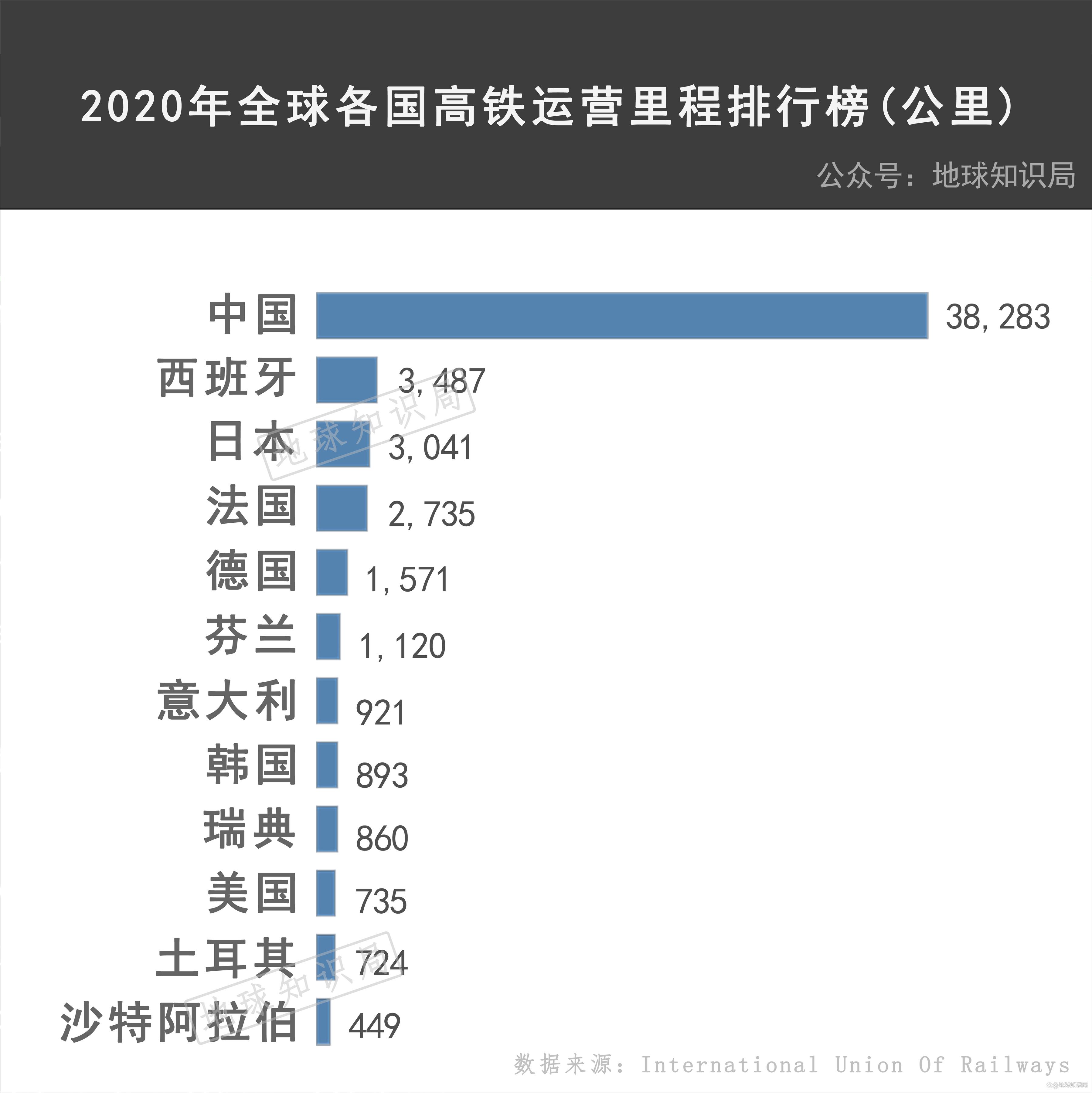
At the end of the 1980s, when France and Federal Germany competed the world's high -speed rail market in the Spanish high -speed rail market, they never expected that the construction of this high -speed railway was later than them and waited for their high -speed rail technology. The mileage surpassed them and defeated them in the bidding of multiple international market high -speed rail.
Today's article, let's understand the development of the Spanish high -speed rail together.
Preferred from the event to the travel
On the eve of the 1964 Tokyo Olympics in Japan, the world's first high -speed railway Tokyo to Osaka Shinkansen was put into operation, which made European and American countries shine.
Many tourists now experience Shinkansen as one of the necessary options for visiting Japan
(Donghai Road Shinkansen N700A series passes through Mount Fuji: wiki) ▼
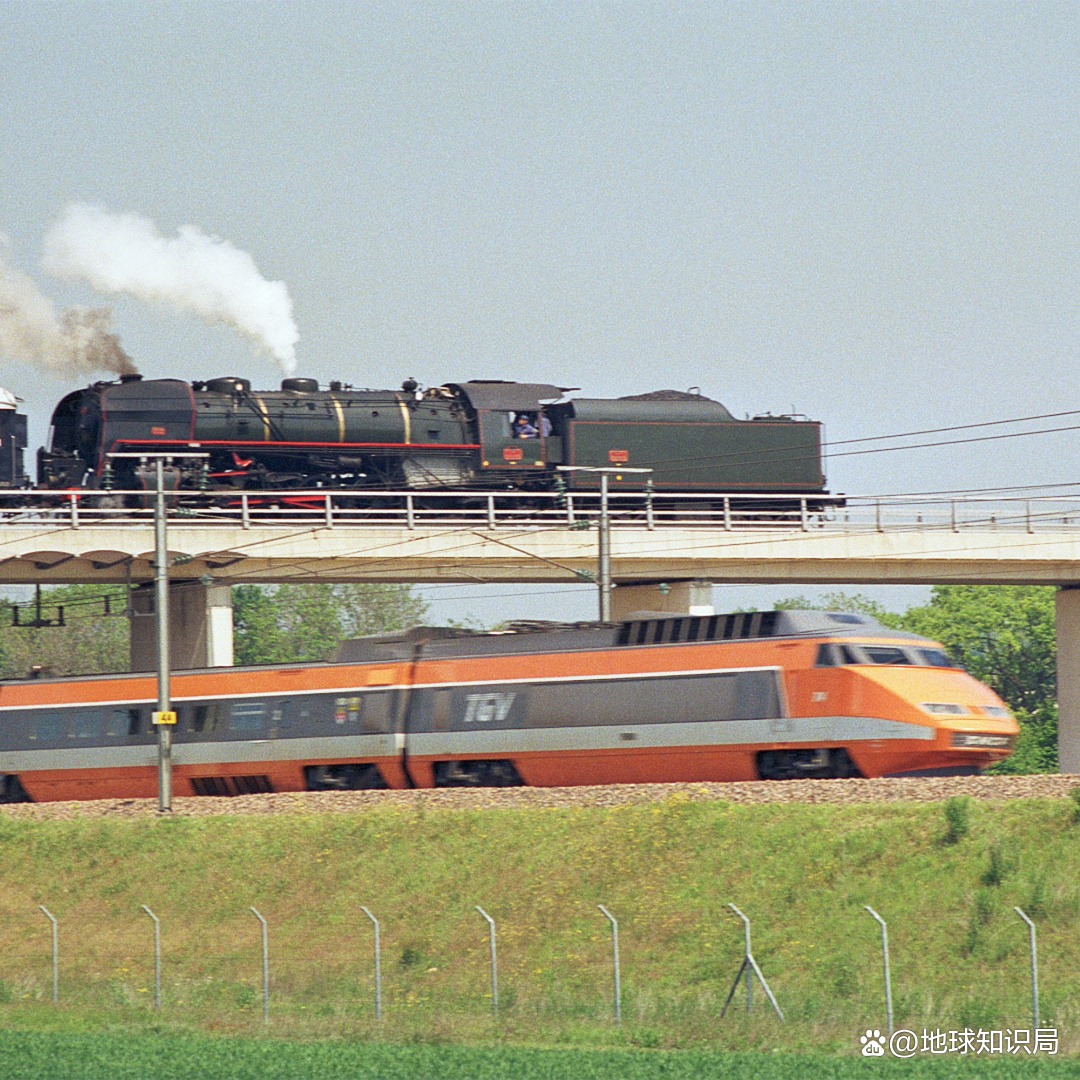
After World War II, with the popularity of cars and the development of Asian Schuro Civil Airlines, European and American countries successively opened the work of demolition of railways. This has made many European railway workers feel that they can't see the hope of the future.
The successful operation of Japan's Shinkansen gave a loud slap in Europeans who claimed to be the "leader of modern transportation". While they lost, they started counterattack.
Italy took the lead in proposing a high -speed railway construction plan in 1966, but in 1970, the Roman -Florence high -speed rail started slowly for 22 years.
Roman-Florence high-speed railway opening
The distance between the two places in the future is shortened to 1 hour and 20 minutes
(Figure: wiki)

In 1981, the TGV high -speed rail southeast line built in France was one of the leaders of the world's high -speed rail technology. The late federal Germany created the first miracle of 400 km/h in 1988 for the first time in human history.
On February 26, 1981, a TGV-PSE train was on this line
Breaking the world's fastest rail speed record at the time of 380km/h
(Below is TGV-PSE Figure: wiki) ▼

Break the above at a speed of 406.9 km/h
TGV record ICE train (Figure: wiki) ▼

At the end of the 1980s, Spain planned to build a high-speed railway to connect to the Central Castilla-Ramanzha Autonomous Region and the southern Andalusia Autonomous Region.
At that time, Barcelona had just applied for the Olympic Games to host the right to host, and in 1992, Spain also held another event -Sevilla World Expo. This is an excellent time to promote the construction of high -speed rail.
Madrid-Sevilla High-speed Railway is also called NAFA
It means to lead the new railway to Andalusia ▼

In the end, the first high -speed rail in Spain decided to build between Madrid to Sevilla. Although the project was accused of being the result of the then Prime Minister's preferred to his hometown Sevilla, Sevilla was originally an Anda involved in the construction plan. The capital of Luxia Autonomous Region is also the fourth largest city in Spain.
Andalucia is also the largest population and the second largest autonomous region in Spain ▼

During the construction, the first high -speed rail in Spain was absorbed by the Puchai railway in the past due to the wide rail distance (1668 mm) so that the Iberian Peninsula could not connect to other European countries on the railway. Build an AVE high -speed railway.
Ave is the abbreviation of Spanish Alta Velocidad Española, which means the Spanish high -speed rail. Since then, AVE has become a commercial brand of high -RMB Spain.
Ave Spanish means "bird"
Feeling this logo contains the elements of birds? (Figure: wiki)

In 1989, Spain's first high -speed rail vehicle group procurement began bidding. Because the Spanish design was more than 270 kilometers per hour, the Japanese Shinkansen of Japan at the highest speed of 220 km/h missed this bid.
The Spanish local company, Talgo, only has the only finished product. Although the products of Siemens in Germany seem to be advanced, they did not invest in operation and lack market testing. In the end, French Alstom won the order with technical advantages and operating experience.
The French TGV in the previous article is Alston's product
(AVE train map of Ave: wiki) ▼

In 1992, Spain's first high -speed rail was put into operation on the opening day of the Sevilla World Expo. In 1994, the railway was operated at a maximum speed of 300 km/h, shortening the travel time between Madrid and Sevilla to about 2 and a half hours, and brought great flow, logistics, and information to the route. Streaming has achieved good business benefits.
With the opening of the Madrid-Sevilla high-speed railway, the Sevilla-St. Husta Railway Station is also an important transportation hub in Spain
(Sevilla-Sanjustea Railway Station Figure: Summer and insects) ▼

This also made Spain's determination to further open the curtain of high -speed rail construction. From connecting Dacheng to radiation nationwide
Barcelona, which is on the verge of the Mediterranean, is the second largest city in Spain and the capital of Spain's largest seaport and the capital of Catalonia Autonomous Region. Since Madrid to Sevilla's high -speed rail, Spain has decided to adopt higher technical standards to build the high -speed rail from Madrid to Barcelona.
Madrid-Barcelona High-speed Railway ▼
This time, the German Siemens company, which was later in the high -speed operation technology, received the first batch of orders for the project in 2001, the EMU of 350 km/h.
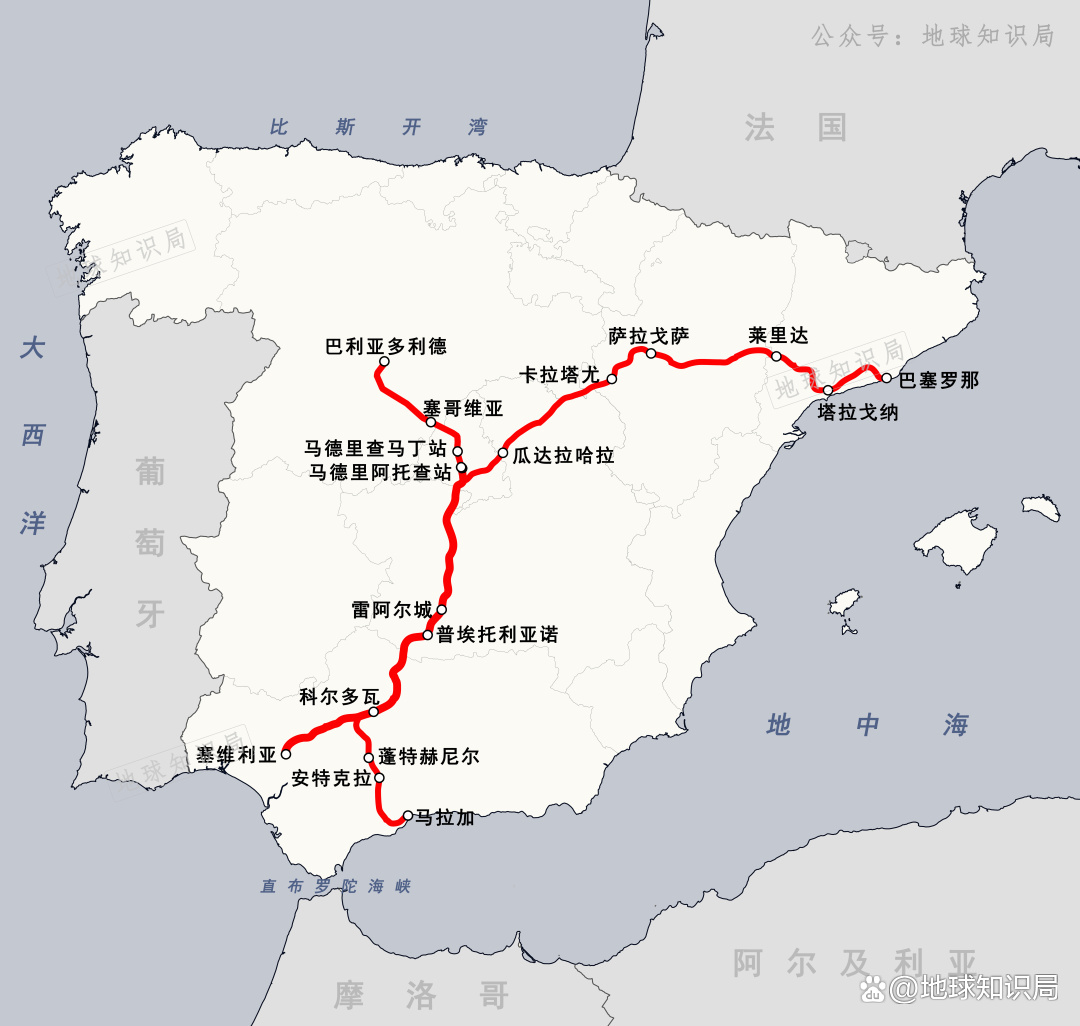
From 2003 to 2006, from Lirida to Tarragner, Madrid to Barcelona high-speed rail began to be put into operation, and finally passed to Barcelona in 2008.
S103 running in Madrid -Barcelona high -speed railway
It is designed based on German ICE3 (Figure: wiki) ▼
In 2007 a year ago, not only the first Madrid's high -speed rail to the north -Madrid to Palia Doride high -speed rail was opened to traffic, and the Madrid high -speed rail to Seville extended from Kolda to the city of the Mediterranean coast. Lajia.

As a result, the word "y" centered on Madrid
The Spanish high -speed rail trunk line network is initially formed ▼
In order to carry the operation of high -speed railways, the city of Madrid was converted on the eve of Madrid to Sevilla's high -speed railway to traffic. In 2004, in order to undertake the operation of the Delhi to Paradon high -speed rail, Madrid also transformed the Cha Martin Station built in conjunction with the 1982 World Cup.

Old Atto Station was transformed into a new station lobby containing tropical gardens
The garden is built on the original track and platform (Figure: wiki) ▼
As a result, Madrid has formed a high -speed railway station layout of the Admitter Station and Cha Martin Station to serve different international and domestic lines.
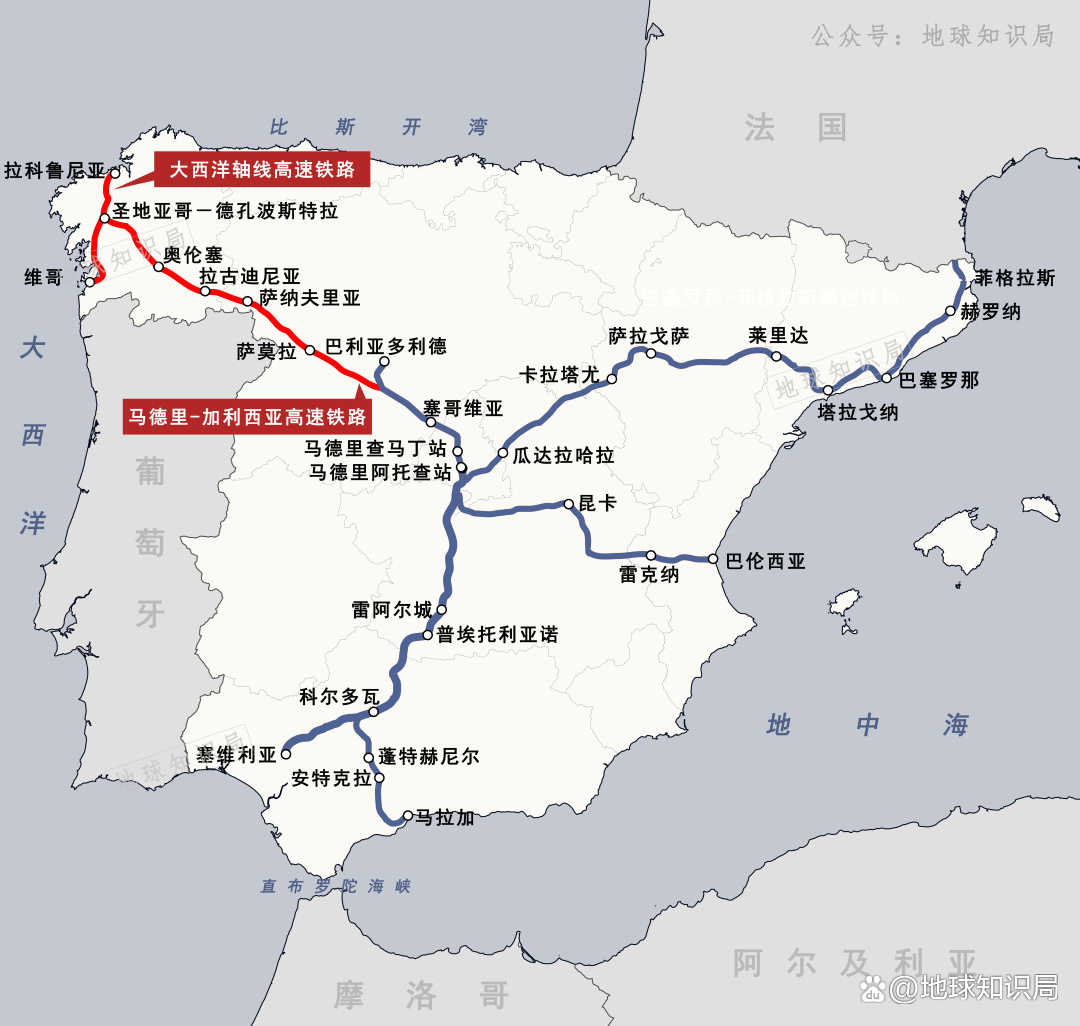
(Two high -speed rail stations relative position map: wiki) ▼
In 2010, the Madrid to the Levant high -speed railway was opened to traffic, and the third largest city in Spain and the second largest Hong Kong Hong Kong Balencia was connected to the Spanish high -speed rail network.

In 2013, the high -speed rail from Barcelona to the Fergras high -speed rail was opened to traffic, and the line just connected the high -speed rail from Ferragus to Pippionion, France in 2010. As a result, the international train from Madrid to Marseille from Madrid to France was opened.
Barcelona-Figras high-speed railway
Madrid-Levante high-speed railway ▼
In recent years, the key areas of the Spanish high -speed rail construction are the coastal areas of the Mediterranean and the Galicia Autonomous Region on the verge of the Atlantic Ocean.

The Madrid to the Calichia high -speed rail, which started construction in 2011, is long in the construction period because of the relatively complicated geological conditions, so it has to be opened in sections.
During this period, in 2015, the coastal coastal of Galisia had been built at the Atlantic axis high -speed rail with a maximum operating speed of 250 km/h. In December 2021, Madrid to the Cali -rail high -speed rail opened to traffic.
▼
In the future, Spain's Atlantic axis high -speed rail will also plan to extend to Portugal Porto.

The Mediterranean Corridor High Speed Rail is another ambitious work in the construction of the Spanish high -speed rail. In fact, with the launch of the high -speed rail -to -high -speed train from Spain to France in 2013, the Catalonia has formed a high -speed rail of the Mediterranean Corridor from the Barcelona to the Western French border.
▼
In 2020, the 47 kilometers of the Mediterranean Corridor high -speed rail Tarangna to the Laldia section was only opened to traffic.
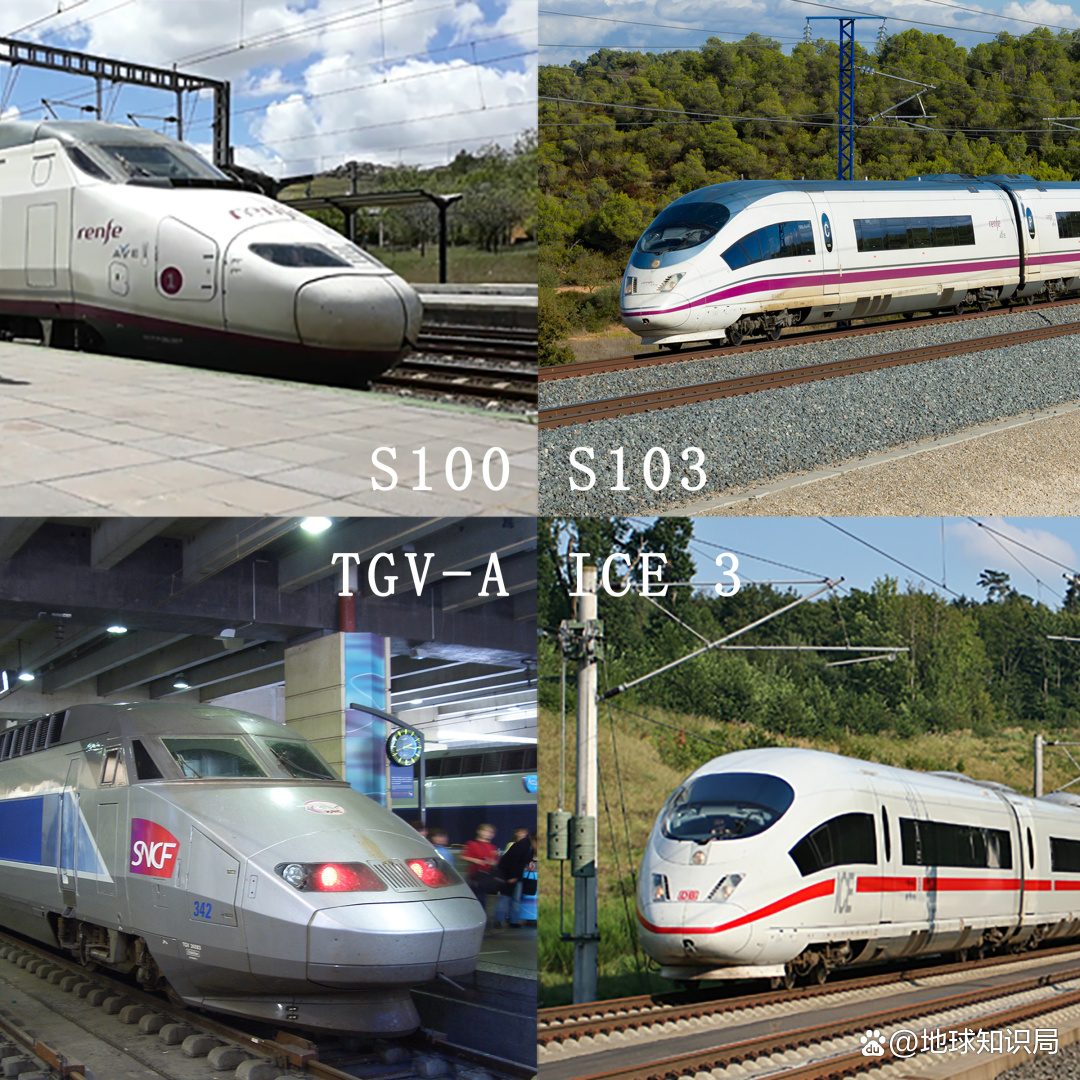
Due to factors such as the epidemic and global economic recession, the high -speed rail of the Spanish Corridor is currently very slow. This high -speed rail from the West French border to the Gibraltar Strait is unknown.
From the introduction to digestion to overseas
Looking back at the course of the construction of the Spanish high -rail network, you can see that most of the new high -speed rail lines in Spain are built at high standards at a speed of 300 km/h. However, Spain lacks the development experience of high -speed EMUs, so in the early years of the Spanish high -speed railway configuration, it can only rely on overseas introduction.
Manufacturers of different series of trains ▼
The first -generation EMU AVE S100 from the Madrid to the Seville high -speed rail is the TGV -A high -speed EMU group introduced from Alstong, France. In Europe, the first high -speed rail that clearly built with 350 km/h — Madrid to Barcelona high -speed rail had to introduce the advanced ICE EMUs in Siemens in Germany.

I know it is a brother (Figure: wiki) ▼
However, the development of the Spanish high -speed rail cannot rely on France, Germany and Italy for a long time. Therefore, as early as 1998, Talgo, a Spanish railway equipment dealer, began to cooperate with Canada Bombardier, and successfully went offline in 2000 to design the Talgo350 EMU 350 km/h.

Because the air dynamics design of the power vehicle is similar to the beak
This train is nicknamed "Pato" and Spanish is a duck
Duckbill design reduces noise generated by air resistance at the highest speed
(TALGO350 EMU Figure: wiki) ▼
During the 2001 bidding, the Talgo350 EMU won the 16 -column order from the Madrid to the Barcelona high -speed rail, and the Spanish native EMU AVE S102 began operations.

Talgo 350 is put into use as AVE S102
It marks Talgo entering the high -speed train manufacturing market (AVE S102 Figure is running: wiki) ▼
Due to the huge investment in high -speed rail construction funds and limited fiscal expenditures in various places, the high -speed rail construction cycle of European countries is relatively long. Before the opening of the entire line of the high -speed rail from the Madrid to the Barcelona and the Madrid to the Caliusia, the lines that have been opened in sections cannot be connected to the National High -speed Railway Network. The short -distance "LAN" high -speed rail lacks commercial benefits.
To this end, Spain makes full use of the existing lines to open a high -cross -line operation train before these high -speed rail opening.

Although as early as the 1970s, the Spanish railway equipment CAF began to introduce and digest the PENDOLINO vehicle technology of Fiat, Italy, and was able to take a wide range of hilly hills and a larger circuit to the Iberian Peninsula. The hourly trains, but the biggest obstacle of the Spanish iron and high -speed rail cross -line operation is that the distance is not compatible.
Talgo Pendular, independently produced by Spain
It is a passive suspension tilt train launched in 1980
The carriage tilt system rotates around the top of the suspension column
This has the effect of partially offset the influence of the horizontal acceleration when turning
(TALGO PENDULAR train map: wiki)
The train is naturally inclined inward on the curve, which can pass the curve faster and smoothly through the curve
The function of "tilt" is green: gravity red: centrifugal force blue: joint force
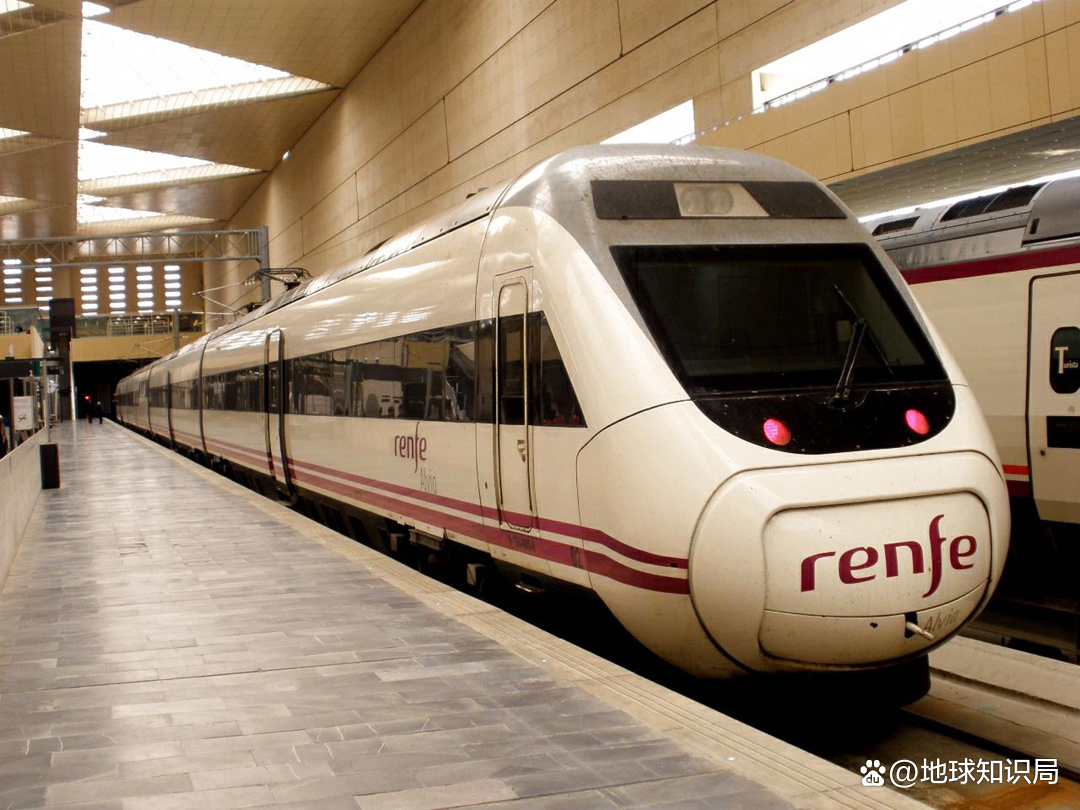
(Talgo pendulum map: wiki) ▼
To this end, CAF cooperated with French Alstom to develop variable -oriented EMUs, and finally produced the world's first variable -range power decentralized vehicle group, namely S120.
In 2005, in the Madrid to Barcelona, which has not yet been completed in the high -speed rail, the S120 was put into operation at a maximum speed of 250 km/h, becoming the world's first commercial operation. Countries operated by EMU.

The S120 train group is a dual voltage, a dual -track distance unit
Can replace the track distance without parking
(S120 Figure: wiki) ▼
Brava (variable width rolling steering gear) system used by S120
(Figure: CAF) ▼

Although in 2020, the variable -range distance between the speed of 400 km/h by my country's production has also been offline, but now that my country does not need to operate the route operation environment, this EMU for overseas markets has not yet invested in. Operation.
Variable distance trains help multinational interconnection
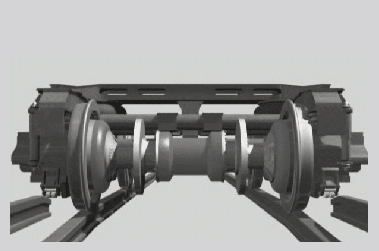
(Figure https://news.bjd.com) ▼ ▼
Since the opening of the Madrid to the Sevilla high -speed rail in 1992, the Spanish high -speed rail has gone through 30 years.
In the past 30 years, Spain has taken the principle of introducing foreign technology and landing in its country, and has gradually realized the transfer and digestion of high -speed train technology through investment, and has achieved upgrading and development on the basis of foreign technology. Talgo and CAF, local railway equipment vendors in Spain, have also been able to go overseas to compete with high -speed rail equipment vendors in France and Germany.
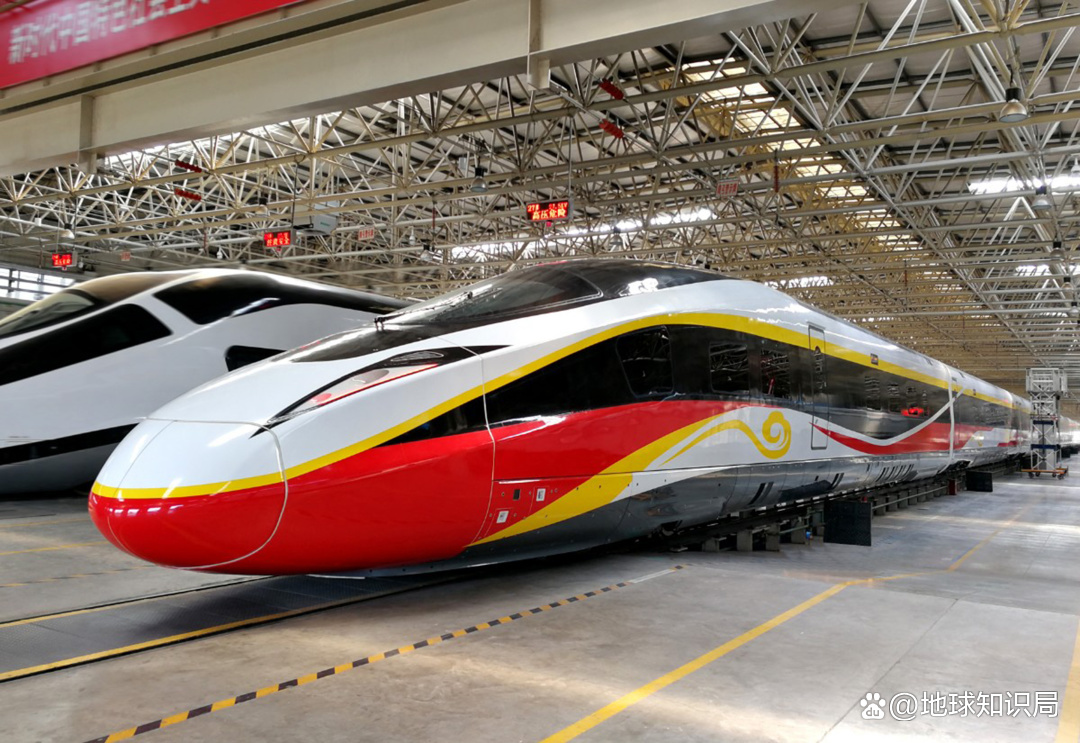
Talgo and CAF logo (Figure: wiki) ▼
In the overseas market competition, on the one hand, Spain has accumulated advanced technologies such as the existing lines of general iron, high -speed trains, and variable -range distance trains. On the other hand, Spain is very different from the historical and cultural genes of other European countries, making it in The Islamic national market competition has strong competitiveness.
In 2005, CAF successfully won the order from Turkey's Istanbul to Ankara 10 motorcycles, which opened the curtain of the Spanish high -speed rail.

The TCDD HT65000 delivered to Turkey is designed based on the S120 above
The highest commercial speed can reach 250 km/h
(Is there a little familiar picture: wiki) ▼
In 2011, the AFROSIYOB EMU (Aflot Abolis), which is based on Talgo250 as the prototype, was put into operation in Uzbekistan.
As mentioned earlier, Pato "Duck" Talgo350
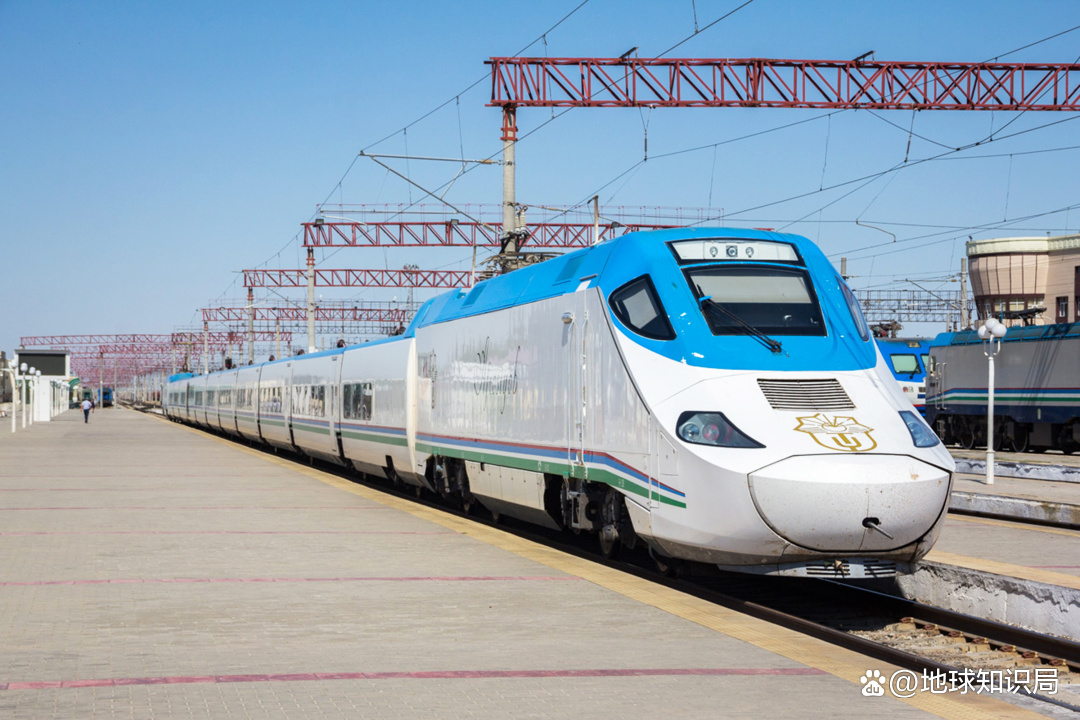
This is its brother Patitos "duckling" Talgo250
(AFROSIYOB EMU Figure: wiki) ▼
In 2009, the ALSHOULA Group consisting of 12 Spanish companies and 2 Saudi Arabia led by CAF successfully bid to the construction project of the Meliger to McGacea's high -speed rail (Halaman high -speed rail). In 2013, the 18th Bureau of China Railway Construction and China Turkish Construction also participated in the project with the participation of Western African -funded enterprises.

(Talgo350 Figure for Halaman high -speed rail: wiki) ▼

Over the past 30 years, Spain has built the first high -speed rail line network in Europe and the second in the world.
From Spain to China, the development model of introducing, digesting, absorbing, and innovative innovations not only brings people the convenience of travel, but also creates a miracle that surpasses human engineering and speed.
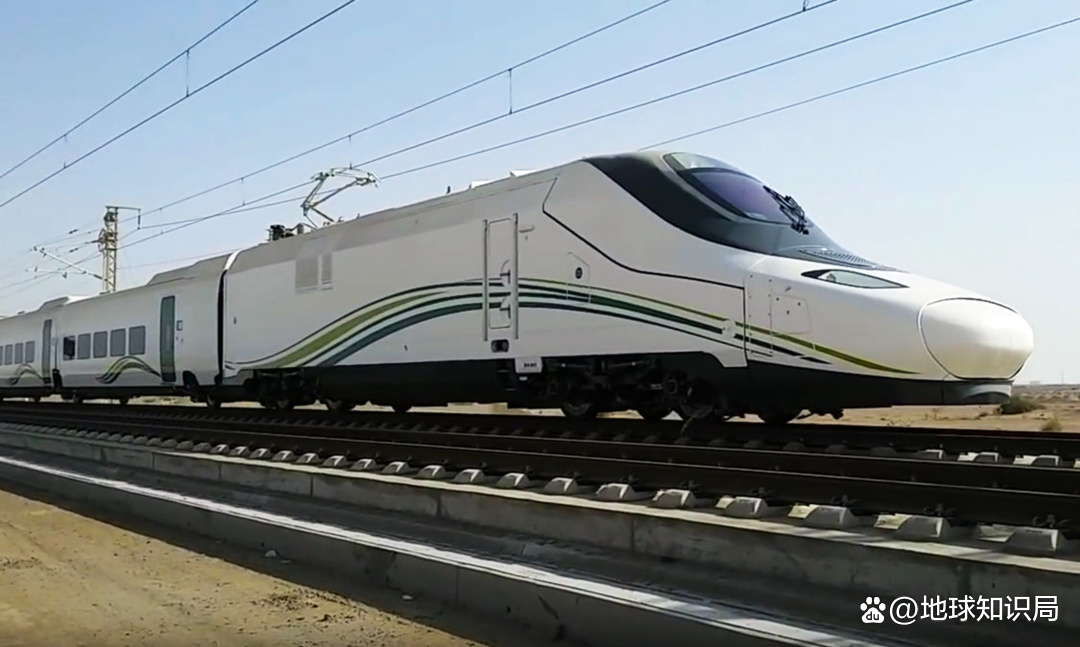
Reference materials:
1. Luo Chunxiao: "World High Speed Train Map", China Railway Press, 2020.
2. High -speed rail news: "High -speed Railway Fengyun Record", Hunan Literature and Art Publishing House, 2015.
3. Wikipedia: Spain high -speed railway.
4.http://www.renfe.es/ave/index.html* This article is provided by the author, which does not represent the position of the Earth Intellectual Bureau
Cover: One Tuwang
End
- END -
Dunhuang public security night public security prevention and control lights the "safety light" for the masses

In order to effectively combat and deter various types of illegal and criminal act...
Come, meet our immune system together

Come, meet our immune system togetherThere are many bacteria and viruses in nature...